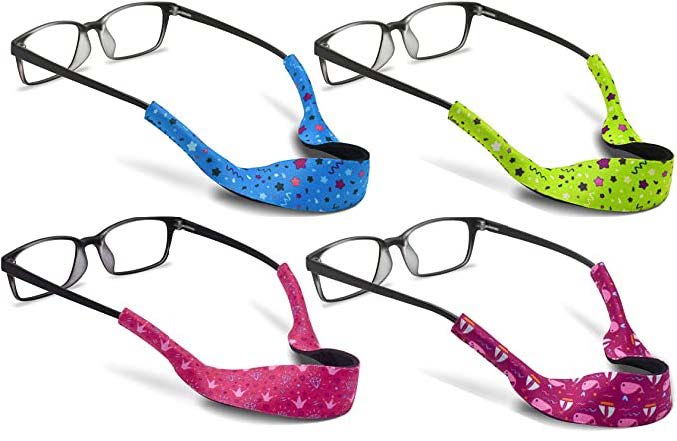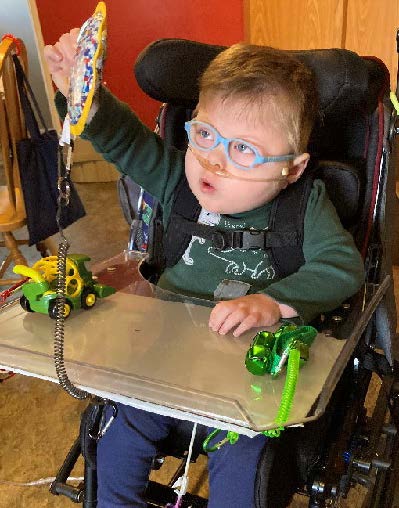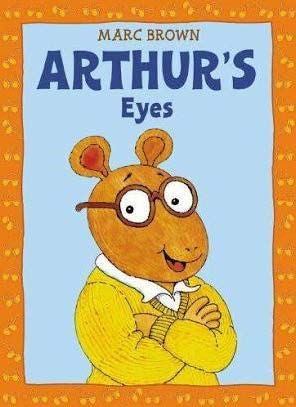How Will I Ever Get My Child to Wear Glasses?
If your child has a visual impairment, chances are they’ll have a prescription for glasses. You may be wondering, “How on earth am I ever going to convince my child to keep glasses on their face?” The teachers from A Shared Vision get this question all the time. They support families who have very young children, from birth to age three, who are blind or visually impaired. They provide parents with strategies on raising a child with a visual impairment. Here are some of their tips on how to get a child with a visual impairment to wear glasses. We also found some tips on the For Little Eyes website, a community forum for parents who have children that wear glasses, patches, or contacts.
The good news is that some children might take to wearing their glasses right away. In a poll of 200 parents from the Little Four Eyes Facebook group, 47% of the parents said their child took to wearing glasses right away. Eighteen percent said it took less than a week. And the remaining said anywhere from one week to more than a month. So, you’re not alone. The time it takes for your child to adjust to wearing their glasses depends on many factors. Although it might be frustrating, stay patient. The result – helping your child use their vision better – is worth it. Finding the Best Fit
It’s All in the Right AttitudeEvery child is different, so not all these tips will work for everyone, but in listening to the stories from our parents, there are some common themes:
Tips & Tricks to Try at Home
|
A Shared Vision: Partners in Pediatric Blindness & Visual Impairment
EIN 81-4227664



